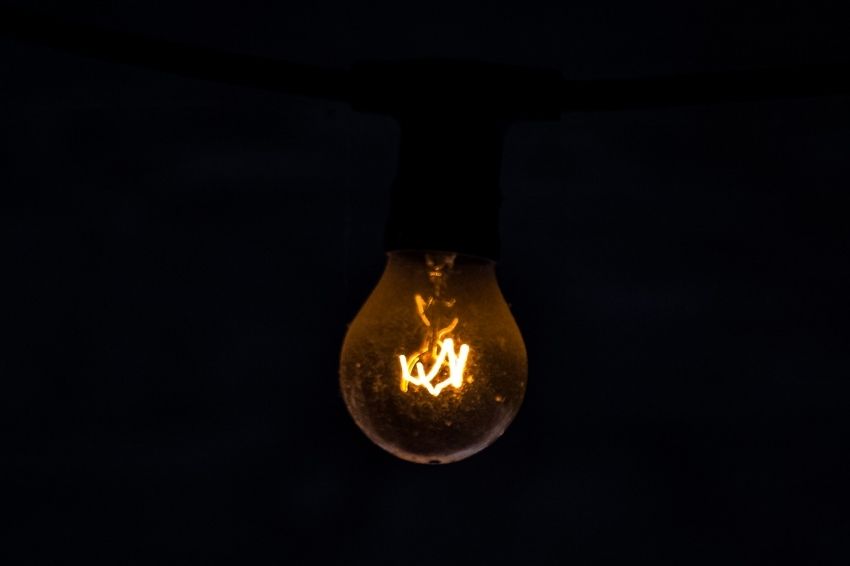The value of the extra tariff that will be charged in the month of July, in red flag 2, will be R$ 9.492 for every 100 kWh consumed. This is an increase of 52% in relation to the value that had been charged, of R$ 6.243.
The announcement was made by ANEEL (National Electric Energy Agency) after approving, in the early afternoon of this Tuesday (29), the resolution that establishes the value of the new tariff flags from July 1, 2021.
According to the entity, the new price includes the costs of generating electricity resulting from the biggest water crisis in the last 91 years, according to data from the ONS (National System Operator).
ANEEL's board of directors also decided on the amounts that will be charged for other brands. The green one, which indicates good energy generation conditions, will continue to be free.
Yellow, in turn, will rise from R$ 1.343 to R$ 1.874 for every 100 kWh consumed (39.5% increase). The red flag, at level 1, will suffer a reduction of 4.75%, falling from R$ 4.169 to R$ 3.971.
In a note, the Agency highlighted that the tariff flags, updated annually until 2019, remained at unchanged values in 2020 as an emergency measure to alleviate consumers' electricity bills and assist the electricity sector during the Covid-19 pandemic.
“For the same reason, ANEEL maintained the green flag from June to November 2020 – during this period, the costs of the Flag Account were covered by the Covid Account, a loan to the electricity sector made with public and private banks, with the aim of alleviating costs. impacts of the current crisis on the electricity sector”, pointed out the entity.
Social fee
ANEEL also announced this Tuesday the incidence of additional tariff flags on the electricity bill of consumers who are entitled to the Social Electricity Tariff. The values will follow the same discount percentages that are established by consumption range.
“This means that low-income families, registered in the Social Tariff program, pay the brands with the same discounts they already have on tariffs, from 10% to 65%, depending on the consumption range”, explained ANEEL.
About the water crisis
Brazil is currently experiencing the biggest water crisis in the last 91 years, with critical levels of water reserves in its strategic reservoirs. The problem has been spreading since the end of last year, with the lack of rain, which raised discussions about the risk of energy rationing in the country, like the one carried out 20 years ago, in 2001.
Currently, the reservoirs in the Southeast and Central-West regions, responsible for 70% of the country's energy generation, have only 30.2% of their capacity. In some of them, the index is below 11%. This is the case of the São Simão, Itumbiara, Marimbondo and Água Vermelha reservoirs.
The crisis forced the Minister of Mines and Energy, Bento Albuquerque, to speak on national radio and television this Monday night (28) asking the population to make conscious use of water and electricity, so that the problem does not worsen in the coming months.
“In view of this scenario, ANEEL simulations on the Flag Account demonstrated that the values previously estimated by ANEEL Public Consultation No. 10/2021, carried out for society's contribution to the calculation of the flag update in 2021, would be insufficient to cover the costs of purchase of energy from distributors”, claimed ANEEL.
















